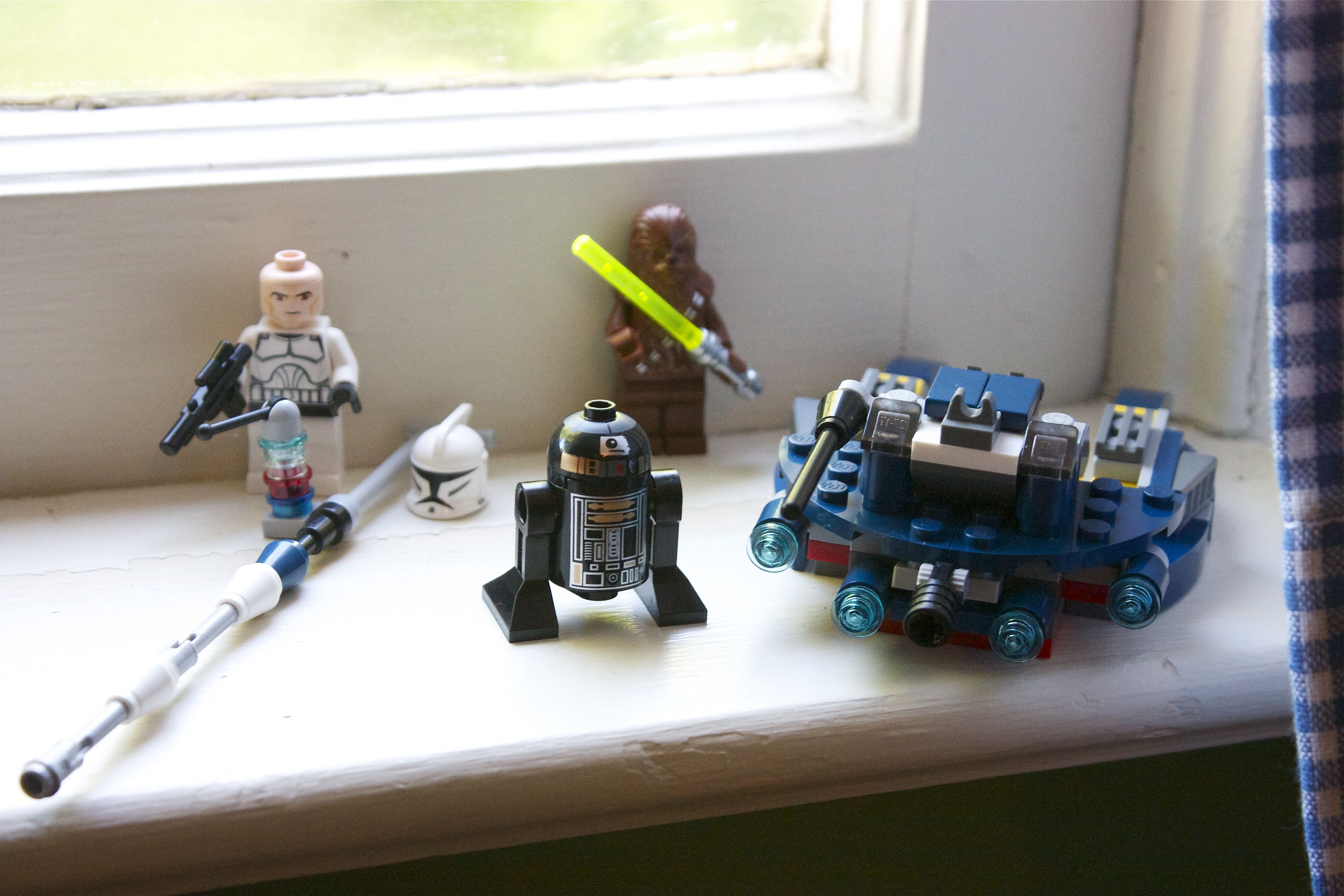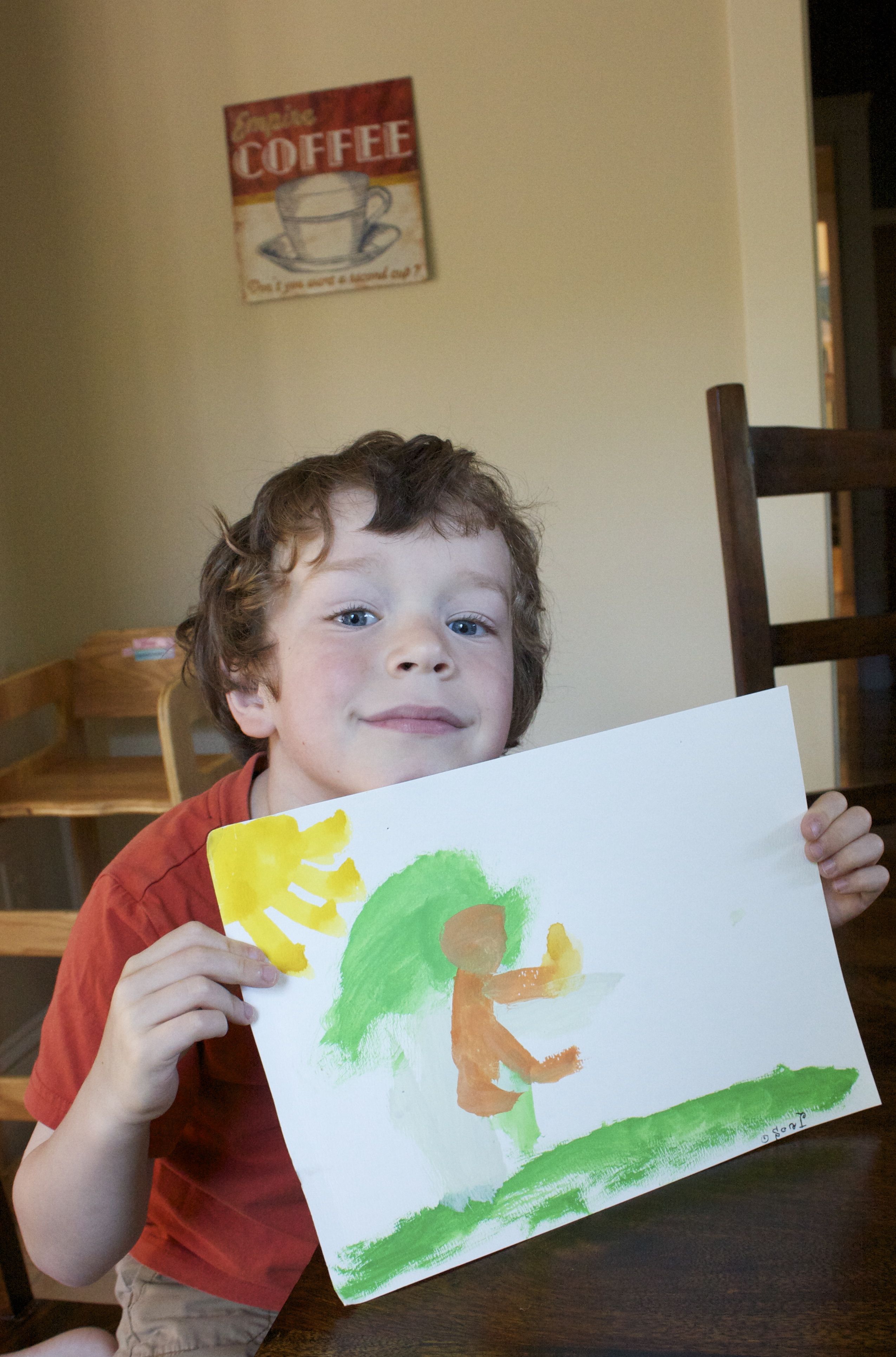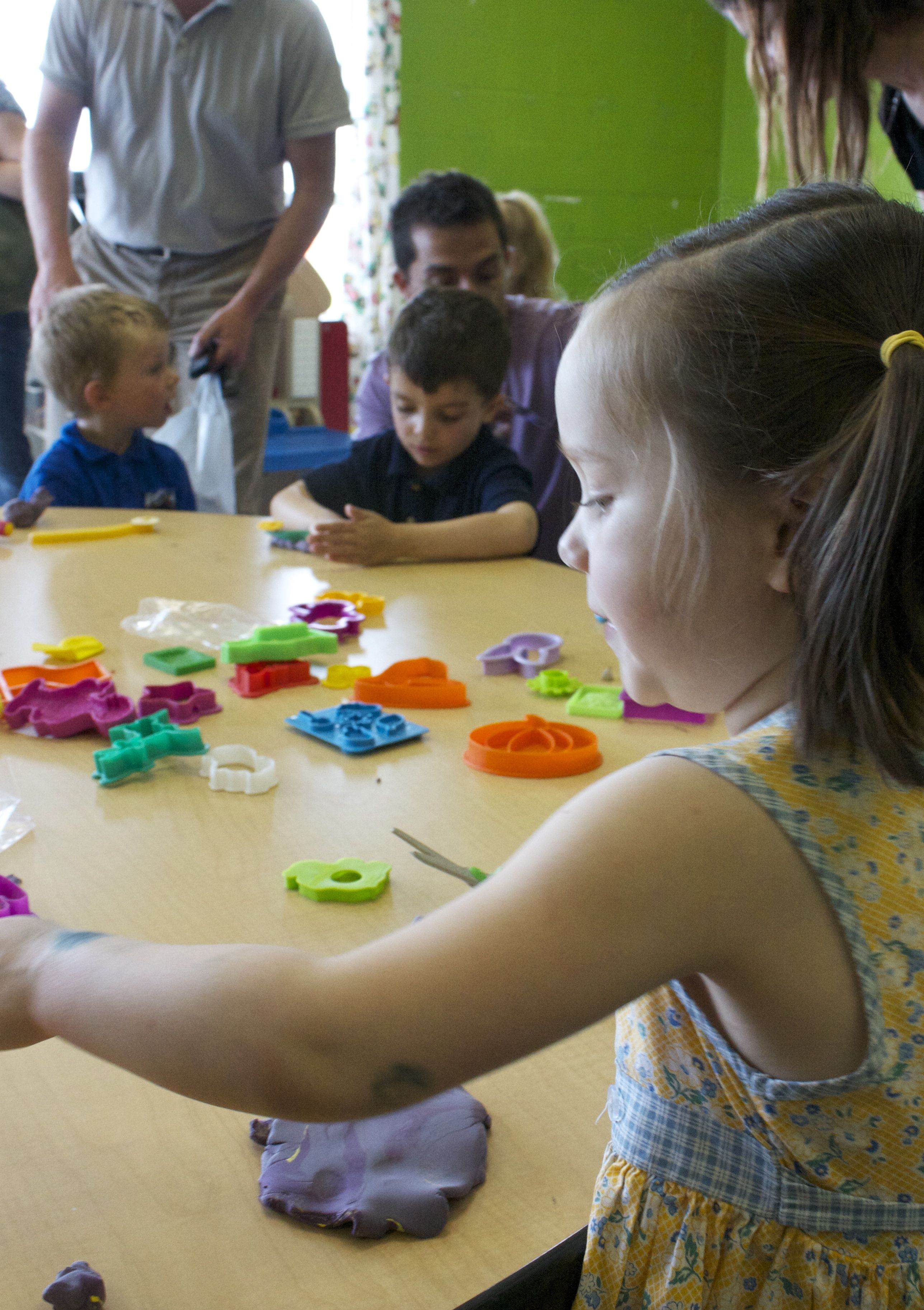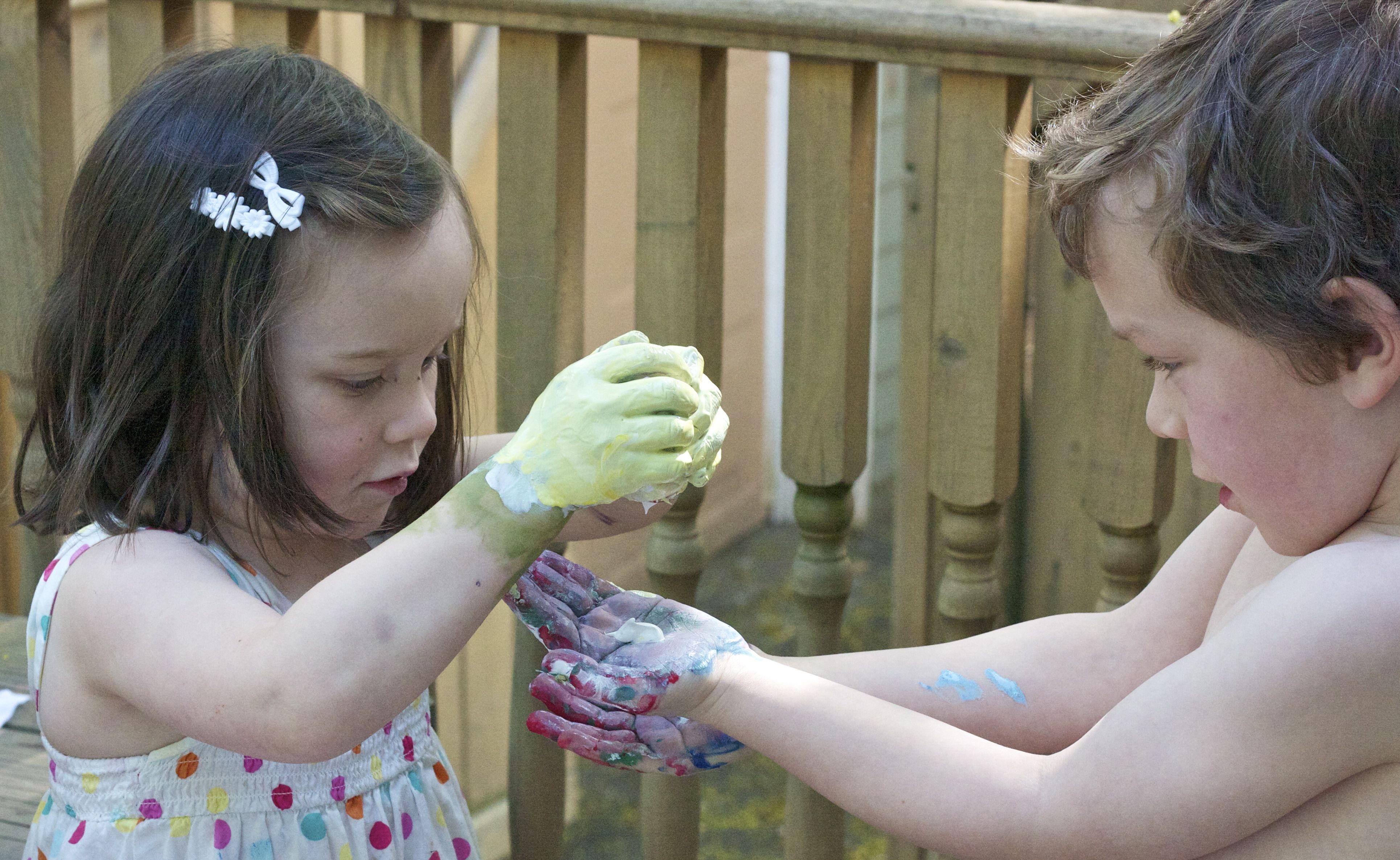A teacher’s guide to successful summer learning projects
Welcome to the first weekend of summer vacation, at least out here on the East Coast.
If you’re my just-graduated-from-kindergartener, there’s relaxing to be done, neglected toys to be dug out of the corners of the basement, and a backyard to be re-envisioned as a Star Wars set. Plus the splash pool! And the park! And day camps for swimming and art lessons!
It’s all good, and all fun, especially when the weather holds.
But we’re lucky to have a few stretches this summer where the kids and I will be home together. And while we all look forward to unstructured days (or respites from schedules and lunch-packing), I’ve noticed they aren’t always all they’re cracked up to be. Time at home with nothing we have to do can morph quickly into time at home with nothing to do, at least in the eyes of my kids.
Especially if it rains. And hey, it’s the Maritimes: it rains.
Now, I want to encourage my kids to be independent. Even when they’re home, there’s work to be done – both my writing and our family domestic stuff. Days off together involve stretches of complicated Lego games involving aliens and Hello Kitty, but they also involve stripping beds and folding laundry and whatever other chores I can get the kids engaged in. Pro tip: you can get a juvenile Star Wars fan to wipe down a lot of windows if you relabel your Windex “The Force” and tell him the fingerprints represent the Empire.
Still. As the kids get older, they just don’t buy the whole “field trip to the grocery store!” game so easily anymore.
And I still have writing deadlines that require quiet headspace.
So I’m dragging out my long-unused teacher hat – yep, I was once entrusted with the care of whole classrooms of children all at once! – and we’re designing us some summer learning projects that should offer me and the kids both togetherness and independence. They’ll learn. We’ll have some fun. And hopefully, somewhere in there, they’ll get engaged enough in their stuff that mine can get done too.
Win-win.
So. If you’re home with kids this summer, a few tips for designing successful summer projects that can actually be fun for the people involved, short and tall.
First, a definition: a project at its most basic is a learning experience that takes place over time and has a few clear steps that lead toward an end goal.
A project is not – at least if your kids are relatively young – a matter of simply dumping a whole bunch of art supplies or resources on a child and saying, “Go do…SOMETHING!” That’s called a diversion. Diversions usually last all of fifteen minutes and result in half an hour of cleaning-related mess.
With a project, the parents’ role is keeping the steps clear and the goal in sight, while scaffolding opportunities for the kid to take on tasks and responsibilities that lead toward that goal.
Here’s what you need to think about to design a fun family project for summer:
Find roles for everybody, including you
Projects need to be at least a little bit collaborative. Nobody, no matter their age, enjoys being sent away on busy work. If you’re all actually engaged in your respective pieces of the whole, the experience will be far more fun for everyone.
Emphasize shared interests
Any project that’s going to be enjoyable has to be interesting to the people actually involved. So if your kid loves bugs but you, say, DON’T…you may want to either pick another project or design it in such a way that you’re not dreading and avoiding your involvement. Try coming up with a list of things you both find interesting, and then think laterally: where do your imaginations take you?
I grew up in apartments, and was well into my thirties before I realized cucumbers are not a root vegetable. So learning about gardening and growing food and flowers is a project the kids and I can embark on together: we have a giant box of tomato plants growing on our back deck. But the questions and games and projects that emerge from that box of tomatoes will be up to the kids: so far, we have a science “how things grow” research project, a cookbook plan, a tomato art show, and a contest to see whose pet plant grows biggest all coming down the pipe.
Keep it focused
A fun project doesn’t need to be complicated. In fact, complicated won’t work. Keep your end goals clear and the steps to getting there within the realm of your own skills (and your child’s!) and the available time you’re able to contribute.
Scale appropriately
Three or four (sometimes repeated) steps in a project are usually as much complexity as a kid can handle, and a couple of weeks is usually the maximum time span a child can sustain focus on an ephemeral goal. If you’re home all summer, don’t plan a whole-season project, but a series of smaller targets. They can be interconnected if you like, but assess what works and doesn’t from the first before leaping on into the second.
Also, scale participation for kids’ ages and skill levels. From our family tomato project, my six-year-old wants to create tomato recipes and a cookbook from our bounty. For him, this is probably do-able. For his three-and-a-half year-old sister, just being part of the watering and weeding process and drawing pictures of herself as a tomato-grower should suffice. Or building Play-doh gardens.
Have an audience in mind
Kids are people: they like their work to be received and admired just as much as you do. One of the things teaching taught me was that real audiences matter. Whether that’s writing books for Grandma or blogging, podcasting, or sharing photos with the world, real-life audiences are motivators for kids. When our son was head-over-heels over dinosaurs and talking about them 24-7, his dad decided to harness some of that knowledge and interest, and the Charlottetownosaurus podcast was born. Now that triceratops have been replaced by Han Solo in the pantheon of fascination, we may try a CharlottetownoStarWars podcast instead.
And the beauty of Internet projects? You don’t end up with boxes of them stored in the basement.
Don’t take over
Projects should create interactions in which both kids and adults get to feel like they’re doing something valuable: don’t take all the learning and control out your kids’ hands. No, really. If you think ahead in any project, you’ll see potential risks and mistakes on the path. As a parent, sure, you need to minimize the ones that actually involve danger or hours of cleanup. But leave the rest. Let your child have the chance to learn from his or her own choices, even if that means that sometimes your project doesn’t quite turn out as planned.
Who knows? You might even – gasp – find your kids working together!
Project-based learning is centered around one key premise: the project? Is actually secondary to the process. That’s where the learning happens, and the memories, and the confidence-building. And the fun.
Enjoy your projects!




karengreeners
Great post, Bon. Our summer looks a lot like yours, so I’ve been planning for a while. We are writing poems that we will eventually collate and illustrate into a book, I have been saving toilet paper rolls/empty spools of thread, etc. for building a town, and we have the ultimate challenge: Use every single piece of Lego in the Lego bin in the creation of a – well, not sure yet. Something. Here’s hoping!
Bon
use every piece of Lego in the bin…genius! i think i kinda want to try that!
What’s New at University of Venus? 14 July 2012 « University of Venus
[…] Stewart explored the digital practice of produsage, conducted a blog post-mortem, offered an ex-teacher’s tips for summer learning projects, and finally found a use for her Master’s […]